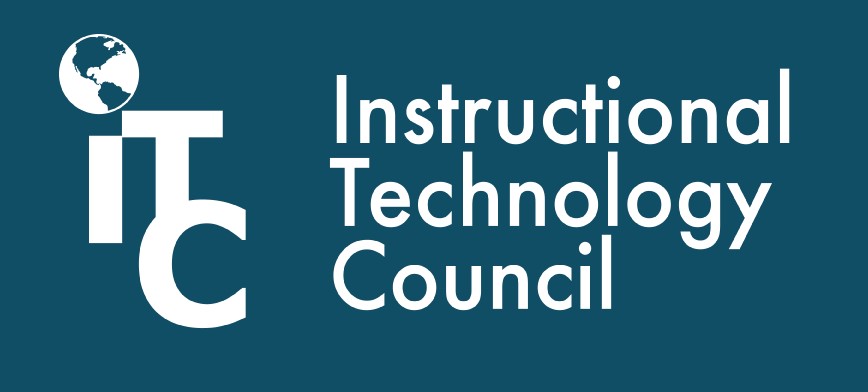Community colleges learned a great deal about the strengths as well as the needs of their online programs during the Covid pandemic. As we know, community colleges were much better prepared to pivot to fully online than universities. Since the inception of online learning in the 1990s, community colleges saw the potential of online instruction to greatly improve student access to higher education. Most community colleges were early adopters of this modality of instruction and committed to fully online instruction as a starting point.

By March 2020, online education was at least 25% of overall enrollment at community colleges – half of community college students indicated in national surveys that they had taken at least one online course. The good news in the data is that community college faculty, students and online programs had a stronger foundation to work from when forced to migrate instruction fully online. Community colleges had also heavily embraced fully online asynchronous learning which proved to be the most effective AND the preference for most students.
We also learned the needs of our online programs as a result of the need to shift fully online. Many faculty had no training or familiarity with how to teach online. This was especially true for part-time faculty. Pre-pandemic, our full-time faculty were increasingly embracing online learning. As a result, part-time faculty had been covering more of the in-person classes.
This article is provided by the Instructional Technology Council, an affiliated council of the American Association of Community Colleges.
Our online programs were also seriously understaffed and ill-prepared to exponentially expand their services and support. These programs were supporting at least 25% of overall enrollments. Data from the ITC Annual National Distance Learning Survey of Community Colleges indicates nearly 16% of all programs operated with no dedicated staff or only part-time staffing and 32% only had 1-2 staff members.
Here are five strategies to prepare for the next crisis:
Require all in-person classes to have an LMS assisted-web section.
Your institution’s LMS licensing provides ample capacity to implement this initiative. There are inherent advantages in doing this:
- Major reduction in photocopying/handout costs for in-person classes.
- Increased access to course materials for students.
- Increased use of a standardized gradebook (students love this feature) AND the likely ability to interface the LMS with your student information system to automatically report final grades to the registrar.
- Biggest advantage: EVERYONE learns to use the institution’s LMS. Faculty/students learn how to access the LMS, how to move content in/out of the platform, can use it as a handy electronic drop box for assignments, and the ability to conduct quizzes/exams (hence, not using valuable class time). Frankly, the ways to integrate the LMS platform in support of an in-person class are nearly infinite.
Use the LMS for a wide variety of tasks on campus.
The LMS can have a much broader role than just being the platform used to teach online. Campuses use the LMS platform to conduct the student evaluations for ALL classes regardless of the modality of instruction (in-person, hybrid hi-flex, fully online). Student services can use the platform to support students on probation (using the platform to assist the student in restoring their non-probationary status). Student government can utilize the platform for training, club activities, etc. Even human resources and/or the training office can use the platform. In the process of doing this, students and faculty build a culture of familiarity with the LMS and its functionality – a handy thing to have if the campus has to suddenly pivot to fully online instruction for everyone.
Require all full-time faculty to participate in LMS and ‘how to teach online’ Professional Development sessions.
A minimum of six to eight hours of training is the national norm. Let’s face it, most of our full-time faculty are already teaching online classes at your institution. The strategy here is to bring the rest of the full-time faculty up to speed. Given what everyone has just experienced during the pandemic, this should be an easy “sell” to full-time faculty. Preparedness is good. Not being prepared is chaotic.
Consider a new strategy for faculty, staff and students – laptops/docking stations – and a wi-fi hotspot rather than traditional desktop computers.
We all came to realize very quickly as the pivot to online learning occurred that our faculty, staff and students were not necessarily ready to function remotely/online – outdated devices, poor wi-fi and a lack of tech-savviness to troubleshoot problems plagued every institution. And the reality of a prolonged period of working/taking classes remotely was exacerbated by this technology gap. It is time for institutions to develop more flexibility and support – and now is the time to discuss and implement a robust strategy to address this glaring technology gap – before the next crisis. Otherwise, it will be “déjà vu all over again.”
Student services needs to embrace online support as well.
On most of our campuses, students services tends to operate on a traditional business model of 8-5 M-F. The changing reality of our enrollments – especially in the area of active adult learners – as well as the continued growth of online learning – necessitates a more expansive presence and availability of support and services. This is true for student academic support but also is true for associated technical support. There is likely no need to be 24/7 but evenings and Saturdays are when most online students are – online. They should know they can receive the assistance they need, when they need it.
Calling all distance learning leaders: ITC will host the 2022 Distance Education Leadership Academy in Reno, Nevada, July 25-27. It will select up to 20 distance learning leaders to participate in the academy. Apply by May 27.





